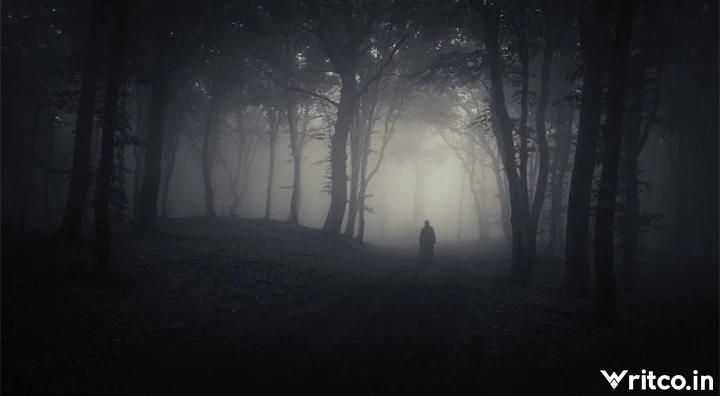Broken Mirror
In a city located in the north of the south, where shadows blended with light, there was an old mirror in a forgotten square. It was not an ordinary mirror; its surface was cracked, reflecting fragments of distorted realities, as if time had decided to play the sculptor of illusions. Those who dared to gaze into it saw their image, and also the echo of a world twisting between the absurd and the heartbreaking.
One day, a man named Elias, tired of the gray routine of life, decided to visit the square in search of answers. He had heard rumors about the mirror, a mysterious object that promised to reveal hidden truths. Upon arriving, he stood before its cracked surface, and the mirror began whispering forgotten secrets to him.
When he looked at himself, Elias saw only his tired face and a landscape of souls trapped in the inertia of existence. Each crack in the mirror represented a story, a wasted life, and in the reflection, the eyes of the...
One day, a man named Elias, tired of the gray routine of life, decided to visit the square in search of answers. He had heard rumors about the mirror, a mysterious object that promised to reveal hidden truths. Upon arriving, he stood before its cracked surface, and the mirror began whispering forgotten secrets to him.
When he looked at himself, Elias saw only his tired face and a landscape of souls trapped in the inertia of existence. Each crack in the mirror represented a story, a wasted life, and in the reflection, the eyes of the...




